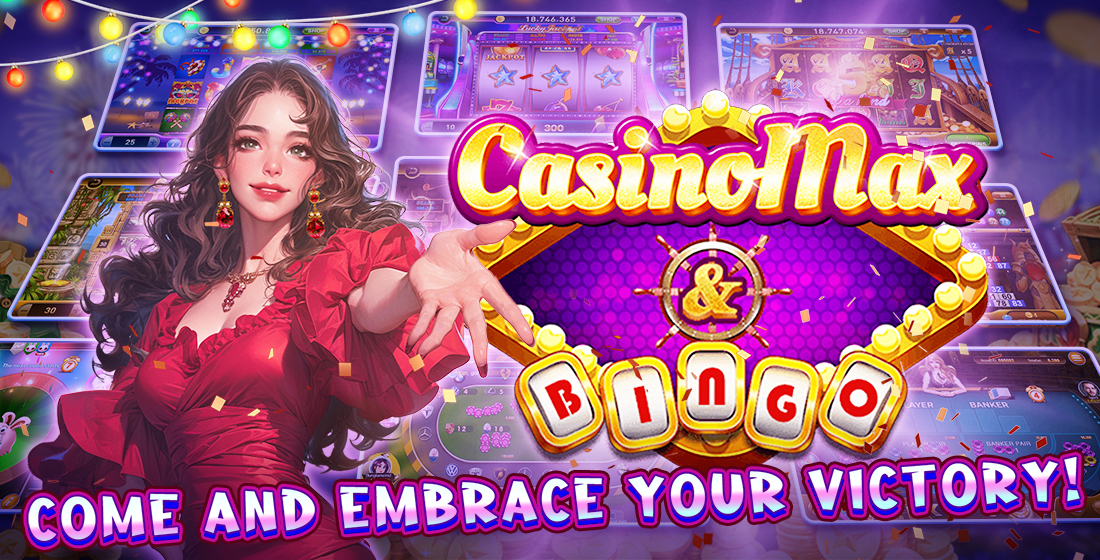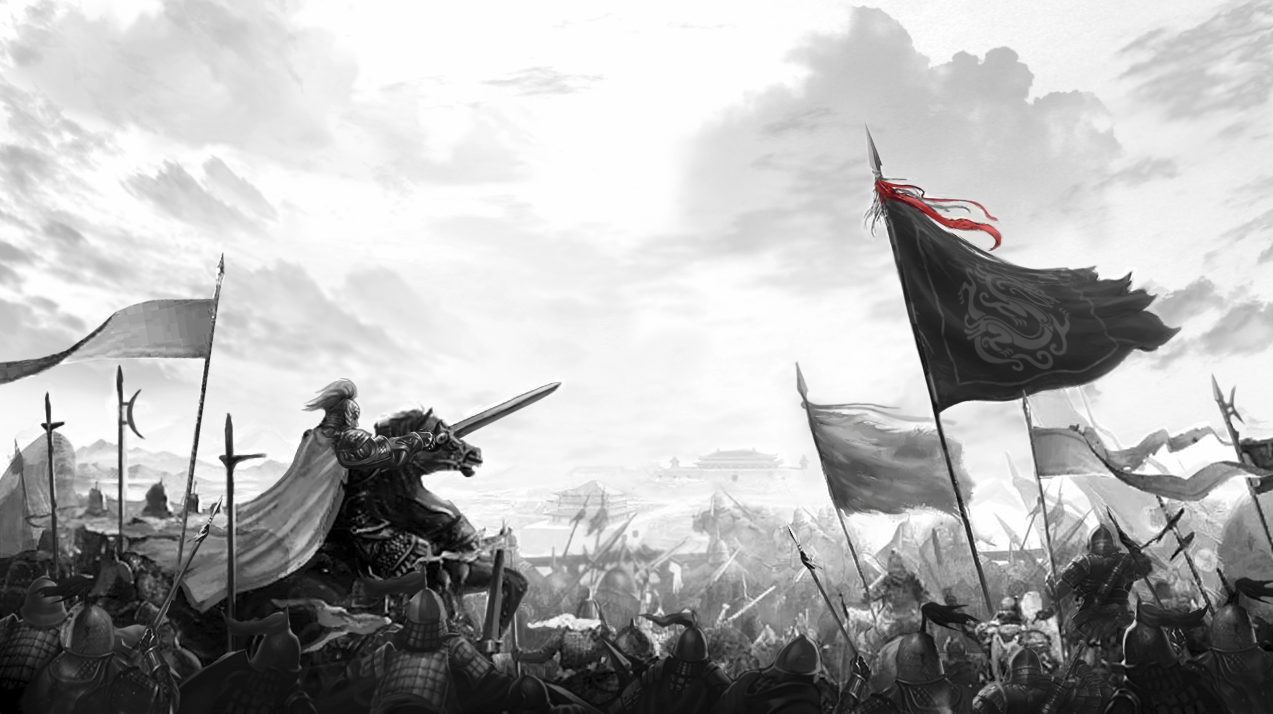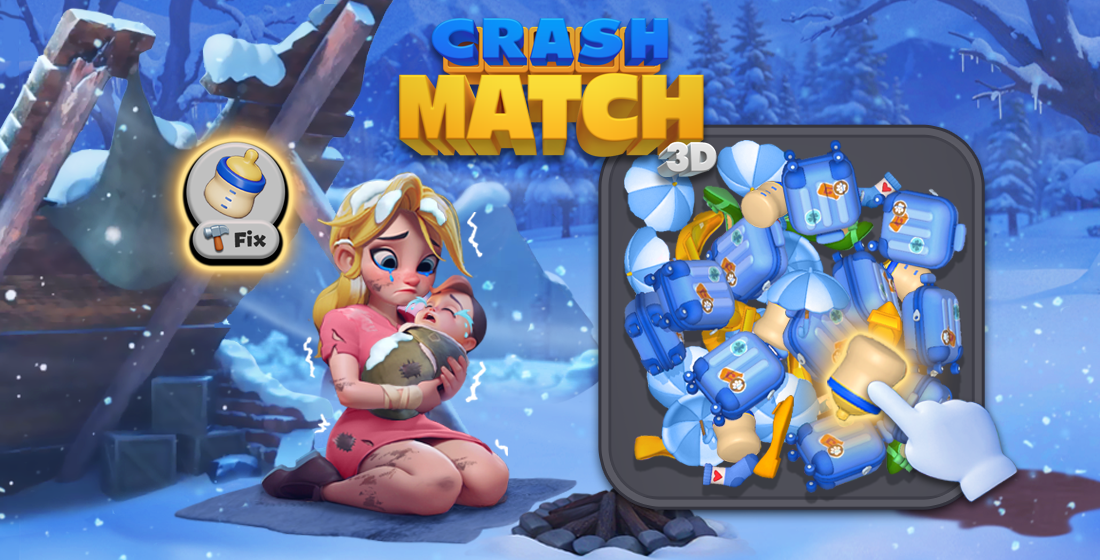The Rise of Idle Games: Why Hyper-Casual Games Are Dominating Mobile Screens in 2025
In the ever-evolving landscape of mobile gaming, a new trend is steadily capturing user attention — idle games. These minimalist, yet highly addictive titles are redefining how we interact with our screens. Whether it’s while waiting for a coffee, commuting, or lounging after a long day, hyper-casual gameplay fits into life's smallest nooks. And in a year like 2025, where distractions are constant and time seems scarcer than before, idle mechanics have become the ideal fit between productivity and escape.
Gone are the days when you had to fully invest hours in mastering an app just to see real progress—players want more from less effort. From casual tycoon builders like “Tap Fish" to clicker-style simulations reminiscent of early browser games, the idle space offers something unique: engagement on your terms. Let me walk you through what drives their appeal and how these experiences compare—and sometimes challenge—not-so-idle rivals like Clash of Clans mobile game hack culture or newer battlefields like those found within Delta Force: Hawk Ops strategies.
What Makes an Idle Game?
At its core, an idle game revolves around minimal interaction with passive progression systems. Think of them as digital farms: once set up, they produce benefits without much input. You start, set some parameters, let time—or automation do its job—and reap virtual rewards.
- Passive income loops: Upgrade buildings or characters to collect money, resources or XP automatically.
- Auto-tap / click systems: Tools or scripts that tap or build while the app is minimized—or not even running. { "Note: Unlike Clash of Clans, which demands daily micro-management", "Idle titles rarely penalize for non-presence." }
| Battle Royale (Delta Force) | Casual Sim (Hyper-casual Idle) | Strategy Builder (Clash-style) |
|---|---|---|
| Requires live participation. | Demand minimal oversight. | Expect regular management updates. |
| Matches last 5–30 mins; replayability per run. | New levels unlock at rest times. | Long-term progression arcs span months or more. |
| PVP + solo modes common; leaderboard tracking critical. | Solo progression; offline play typical. | Alliance coordination can be essential. |
The Resurgence Behind Hyper Casual Trends in 2025
Mind fatigue continues to rise across global audiences—an inevitable outcome of information overload in modern society. Consumers gravitate towards entertainment mediums that demand low cognitive overhead but still trigger the satisfaction mechanisms we've built into traditional gaming. And this is where the idle genre wins. In contrast to complex campaigns in titles such as Delta Force: Hawk Ops, many players are finding solace in apps that provide dopamine hits without the burn-out.
Why now? A few macro trends have made this possible:
- Hypersocial lives leave little room for focus-heavy hobbies. We stream, work, scroll, social—then game, sometimes all at once.
- Ludwig engines simplify rapid development. Indie teams crank out functional prototypes overnight, reducing barriers of entry significantly compared to full AAA projects.
- Evolving ad-supported monetization shifts power toward light-touch design, making idle games profitable at scale while remaining free for wide user adoption.
Tip: Don’t underestimate the appeal of simplicity—hyper-idle games often top iOS App Store search bars based solely on frictionless access alone.
The Allure of Offline Play
You don't need high specs or stable Wi-Fi connection. Idle gameplay functions perfectly with poor networks—or none at all. That alone makes idle-based mechanics particularly well-suited for markets like Spain where connectivity inconsistencies still exist outside major metropolitan zones, such as coastal tourist towns or regional interiors.
- Apps run smoothly during flight-mode sessions.
- Rarely exceed device storage limits; usually below 10 MBs per installation.
- Data costs minimal—some idle apps operate entirely locally without external server checks every minute.
It may seem surprising but games optimized around local processing rather than server interactions aren't a relic—they're the future. While others fight lag, anti-hack servers, patch rollouts—idlers thrive because they eliminate most backend overhead altogether.
Inflation vs. Retention: Why Do Users Stick Around
One criticism leveled against idle games by traditional developers relates to depth—the lack thereof being cited regularly as a downside. Sure, there's no grand narrative à la “how to play Delta Force: Hawk Ops". Yet player retention metrics defy expectation, and this raises important design considerations. What keeps users returning if not quests or combat tiers?
- Progress Perfectionists: Love leveling up structures to astronomical levels. There’s comfort in seeing “million-per-second gains," even if the number feels utterly abstract.
- Collections & Achievements: Idle builds often integrate unlockable lore bits, easter eggs or quirky artwork behind each level-up—a reward for sheer persistence rather than manual dexterity or tactical mastery required in multiplayer games.
How Do Ad Monetization Strategies Influence Genre Shifts
No genre today evolves purely through altruistic game-making. Profit shapes trends—and in idle’s case, the economics favor lighter designs supported mostly by ads. Developers benefit heavily because integrating interstitial banners or rewarded video content becomes simpler when user activity fluctuates between active bursts and periods of inactivity, as seen in idle models versus more intense, focused titles.
| Monetization Model | Clash-Type Games | Hyper Casual (IDLE) |
|---|---|---|
| Main revenue driver(s): IAP + limited Ads | Boost sales, exclusive skin items | Daily reward viewing (ads for currency bonus) |
| Premium versions: | Frequent | Available, though uncommon |
| Impact of network status: | High | Negligible |
Ad-Supported Gaming in Mobile Apps Today
We’ve moved far beyond banner blindness—users engage willingly with in-game incentives that offer extra lives, boosts, temporary XP enhancements—all in exchange for watching 30-second promotional breaks. For studios operating lean indie teams, integrating rewarded media becomes more cost-effective than sustaining ongoing subscriptions—as found in hardcore mobile competitors or console cross-play ports attempting premium integration without driving user frustration.
In a market like Spain (where average revenue per user remains under competitive regions like North America), idle mechanics allow for broad penetration while monetizing effectively via alternative ad-driven models that require little in terms of upfront cost to users—a win-win scenario in theory, and so far in performance data too.
Comparing Global User Acquisition Metrics: Spain Market Focus
- Organic installs dominate for free-to-use hyper-casual titles.
- Paid marketing budget allocation skewed more toward retargetting existing fans of the idle subgenre.
- User retention rate averages ~65% for first three sessions in Spain, rising notably above midcore mobile games reliant upon sustained player activity over time frames measured by weeks or months.
Risk Factors: Why Some Idle Studios Are Still Failing
The apparent low-entry bar does not guarantee success in practice.
Bland repetition: If you haven’t differentiated gameplay or introduced novelty in visual themes—people move onto similar idle games fast.
Overly invasive ads or paywalls: Especially in regions like Western Europe—where users value transparency—even a small shift toward aggressive monetization risks backlash that might affect downloads for months, if not years. One wrong campaign, and trust gets shredded quickly on review boards.
Innovation Amidst the Repetitive Cycle – The Path Forward
To sustain momentum, devs must find innovative ways of evolving past simple tap-and-watch formats. Integrating lightweight story threads—optional co-op mechanics between friends (similar to Facebook games of a bygone era)—and occasional live events tied together loosely by narrative or seasonal context can push idle closer to hybrid genres. The fusion creates fresh opportunities while retaining foundational appeal—passive growth combined with optional interaction.
Toward Hybrid Mechanics Between Traditional Genres and Idle Frameworks
- Narrative Layers Introduced Gradually Across Taps: Unlock text fragments or voiced lines that hint backstories between upgrades.
- Social Progress Tracking: Encourage friend competition in production output—without forcing synchronous interaction (à la retro Tamagotchi rival competitions, minus penalties for neglect).
A Case Study Approach: How Spanish Indie Publishers Excelled
Creative minds from smaller studios in Valencia, Malaga, Barcelona, etc., embraced localization smartly, introducing region-specific humor or cultural icons into seemingly universal gameplay templates (like turning a generic resource gather into a vineyard expansion). Players felt familiarity, enhancing engagement. These adaptations allowed certain Spanish-owned idle studios to outperform generic Western-designed titles on localized storefront fronts in Google Play, despite similar gameplay skeletons elsewhere.
| Local Integration Technique | Engagement Improvement % Over Generic Title Equiv. |
|---|---|
| Iconographic Themes | 8 - 27% lift in session initiation rates |
| Voice-over Dubbing | 14% boost in 24/hrs return |
Why Players Are Not Moving Back To Clash-style Titles?
We’re observing steady stagnation for titles requiring heavy micromanaging in recent 2025 surveys conducted globally across various markets. Though communities endure around long-lived classics (like Clash-related fan hacks or mods circulating for older iterations in specific niche forums)—engaged younger cohorts show increasing aversion toward demanding schedules. It’s about balance again. The convenience factor swings too sharply.
If playing means having dedicated calendar blocks reserved, even young adults who used to invest time struggle justifying hours lost. Whereas with idle games, five seconds per hour might earn you new achievements and incremental unlocks that eventually rival the epicity achieved in longer strategy builds—but at zero stress cost.
Is There Space Left For Clash-Inspired Gameplay?
- Sure—if they introduce idle-friendly overlays.
- I.e., semi-autonomous troop building features.
- Periodic events timed outside peak hours—encouraging log-ins, not grind marathons.
Mobile Battleground Comparables: Looking at “Hawk Ops" vs New Idler Rivals
Few genres embody commitment like the best battle royale shooters. Consider a deep-dive comparison between two very popular current offerings: how to play delta force hawk ops—which expects sharp reflexes and spatial memory, and your average auto-click idle simulator expecting nothing more complex than waking the screen once or twice a day just to press a few icons again in a predictable rotation.
"I can only play FPS shooters on weekend afternoons," said one survey respondent living near Madrid last quarter, explaining his shift entirely away from battle-focused apps to lighter fare.
Key Points Summarizing Shift from FPS Mechanics
1. Cognitive Fatigue Reduction:Less demand on attention cycles helps prevent sleep-cycle interruptions. 2. Portion Control-Friendly Gameplay Intervals:
No mandatory match durations—sessions range anywhere from 15 seconds to ten-minute spurts, fitting between meetings. 3. Emotional Impact Regulation:
Few lose-streak spirals due to randomness since success is decoupled primarily from individual performance, but instead from elapsed duration or passive multipliers.
While this suggests diminishing appeal for competitive shooter genres, it doesn't necessarily signal decline—it signals fragmentation. Hardcore niches persist—but they now serve alongside broader segments leaning increasingly idle-forward.
Predictions Beyond 2025: Future Evolution
As idle consolidates its dominant niche role among other hyper-casual genres: - Wearables may soon integrate idle frameworks, letting passive gains track health steps or meditation stats inside fictional realms, blurring AR fantasy and fitness gamification further than we currently imagine. - Also emerging could be "AI Generated Events," creating dynamic side missions based uniquely per-player data patterns. - Perhaps the largest leap ahead lies in the convergence of idle design philosophy and NFT integrations—though the blockchain aspect requires delicate UX tuning.Top Motivational Reasons for Playing in Spain Sampled Group Interviews
- ✅ Stress relief: "Evening wind-down"
- ➡️ Mental break from studying/work routine
- 🧠 Low learning curves help avoid anxiety-inducing tutorials found in many mainstream titles
- 🔁 Habit reinforcement loops encourage consistency—without burden feeling
The Conclusion Is Clear: Expect More of What Already Feels Natural
The world doesn’t need deeper dives into every corner of pixel-perfect maps or sprawling lore arcs with complex branching outcomes—we need peace wrapped as progress.This article aimed to unpack the underlying dynamics fueling hyper-casual growth amidst rising competition, including both the enduring legacy of empire-building favorites (*looking at ya', *clash-of-clans-moblie hacks forums) to adrenaline-fueled PvP showdowns in games such as *how to play delta-force hawk ops*. What binds these varied tastes together isn't complexity—but accessibility. Whether battling bots in online arenas or nurturing digital economies autonomously while sipping espresso at a sidewalk café, players increasingly crave tailored immersion without exhaustive requirements.
For creators navigating 2025, balancing minimalism with subtle intrigue holds the roadmap forward. After all, the greatest triumph of idle mechanics just may lie in how effortless the experience truly is—with enough hidden polish to keep curiosity burning gently, even when left untouched.



